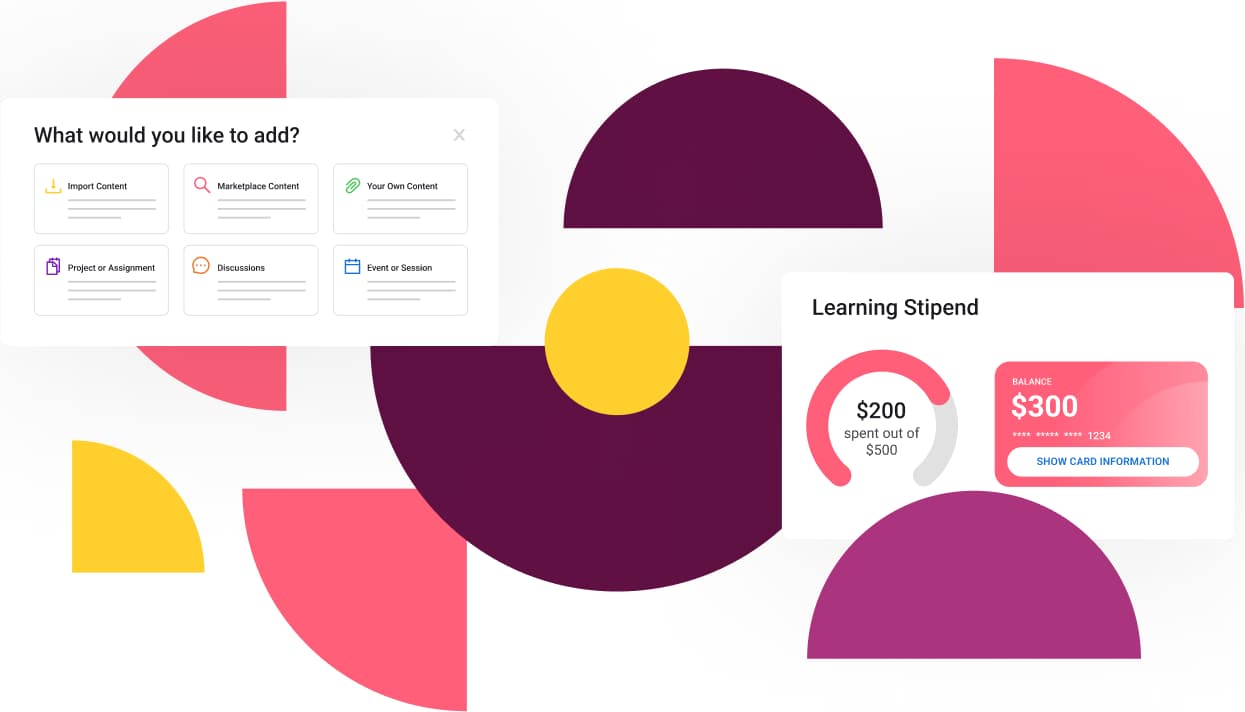What is Talent-Building and Who Needs It?
The world faces an unprecedented digital skills gap , but when the candidate talent isn’t available that meets the criteria, which is increasingly becoming the case, rather than settling for less, building upon existing talent makes better business sense.
I had many questions and a list of criteria when I was looking to buy a new home for my growing family. Is it safe? Close to town? Are the schools good? Can we afford it? It was a complex and expensive process. It was hard to find something that met all of our criteria, so I thought maybe I should remodel our current home instead.
This is similar to when a business looks to building new skills and capabilities. Most look to hire a new employee with the needed experience — evaluating candidates through a set of criteria and then buying that talent. But when the candidate talent isn’t available that meets the criteria, which is increasingly becoming the case, rather than settling for less, building upon existing talent makes better business sense. So when a company invests in an existing employee to develop the needed skill, they are talent-building. In other words, it is the infrastructure that future-focused companies put in place to deliver on their workforce upskilling goals.
Unprecedented Skills Gap
The world faces an unprecedented digital skills gap — so severe that the World Economic Forum (WEF) has called it an “emergency.” WEF expects 85 million manual jobs to be displaced by digital technology, while 97 million new roles that require digital skills are needed. WEF also estimates that 50 percent of workers will need new skills by 2025 — up 4 percent from 2018. North American businesses spend about $170 billion per year on learning and development (L&D). Yet, the skills gap continues to widen.
Who needs talent-building? A better question might be, “who doesn’t?” PwC’s most recent CEO Survey found that 79 percent of CEOs are concerned about the availability of needed skills. Meanwhile, 87 percent of executives told McKinsey that they face a talent-skills gap, but less than half of them had a clear plan to address the problem.
Build vs. Buy
It is unfeasible for businesses to “buy” the skills needed to bridge the skills gap of the magnitude we’re facing now. First, there aren’t 97 million idle workers with the necessary digital skills for future jobs. Even if there were available candidates, the cost of hiring new employees is 60 percent higher than training existing employees to acquire needed skills, according to HR analyst Josh Bersin. In other words, building talent makes more sense than buying it.
But the talent-building process is not proactive, structured or intentional in most organizations. Examples of successful programs to build talent from within are hard to find. “Companies are spending $1,200 to $1,400 per year on employee development, most of which goes toward ongoing skills development, compliance, and various forms of safety, operational, and on-the-job training,” Bersin said. “But when entirely new skills are needed, companies typically hire externally.”
A Better Investment
It’s not that talent-building doesn’t require an investment. It takes about 480 hours to learn a new skill and be job-ready. That’s about 8–10 hours per week or 20 percent of the workweek. But if building talent from within costs 60 percent less than hiring a new employee, sacrificing 20–25 percent of productivity in the short run saves money.
Traditional employee development programs are compliance-driven or come in the form of tuition assistance, which leaves workers to manage their development. Compliance-driven training is compulsory and typically not skill-related. And while 90 percent of businesses offer tuition help for L&D, less than 10 percent of employees use it. Too many barriers get in the way.
There are age-old obstacles to successful talent-building efforts:
- Time — few companies give employees time to learn new skills
- Finances — tuition assistance programs are typically tuition reimbursement programs, requiring employees to front the costs
- Alignment — generalized training does not provide job-specific skills
- Support — beyond time, finances, and alignment, issues like child care and transportation impede participation in talent development programs
Comprehensive Talent-Building is Possible
To bridge skills gaps at scale, talent-building needs to be built into a company’s overall people strategy. What is needed is a new, more intentional approach to up-leveling talent, with dedicated people and infrastructure so businesses can easily:
- Assess current skills
- Define needed new skills
- Identify internal employees best suited to learn these new skills
- Find the targeted, skill-specific learning development programs that can bridge the gap
- Support employees through completion and transition into new roles
This approach creates a united resource where managers and employees define goals, get connected to programs that can reach those goals, and schedule, enroll, pay for, complete, and measure outcomes all in one place. Having the ambition for upskilling is one thing, but committing to real steps, dedicated people and infrastructure will lead a more inclusive future-ready workforce.
(And in case you’re interested, rather than buying a house, we ended up remodeling, including improving existing foundations, to get the extra space that we needed.)
Written By: Deeps Ramanathan, CMO, Learn In
About Learn In
Learn In is the first talent-building platform designed for companies to solve every barrier that stands in the way of creating tomorrow’s workforce. Organizations use Learn In to identify talent-building goals, design skill-based programs, learn together in cohorts with coaches, and access flexible financing, delivering measurable outcomes for every dollar spent on upskilling the workforce. Co-founded by the founders of Degreed, Learn In is backed by leading edtech & future-of-work investors, including GSV, Album, Firework Ventures, and Village Global, and has been covered in CNBC, USA Today, EdTechReview, EdSurge, and Techcrunch.
For more insights, follow us on LinkedIn, or subscribe to our newsletter to stay in touch.
